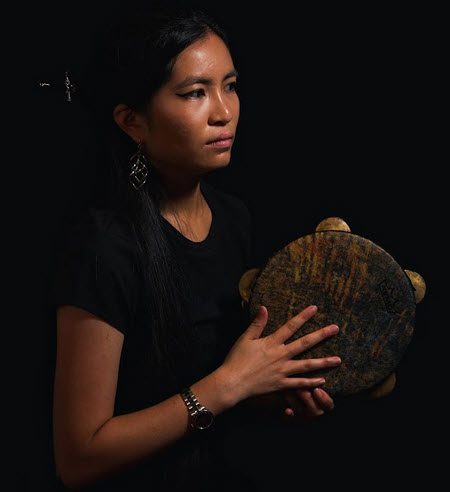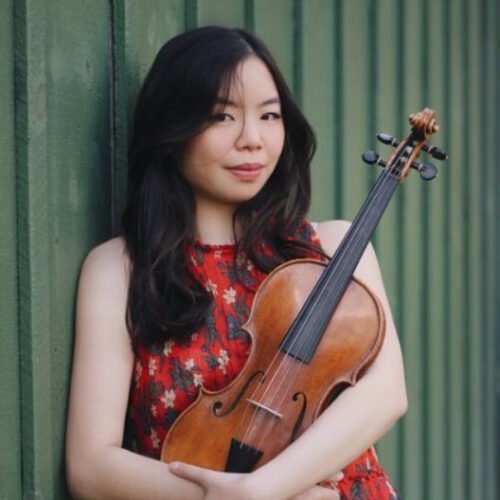by Mike Telin
Published January 13, 2020
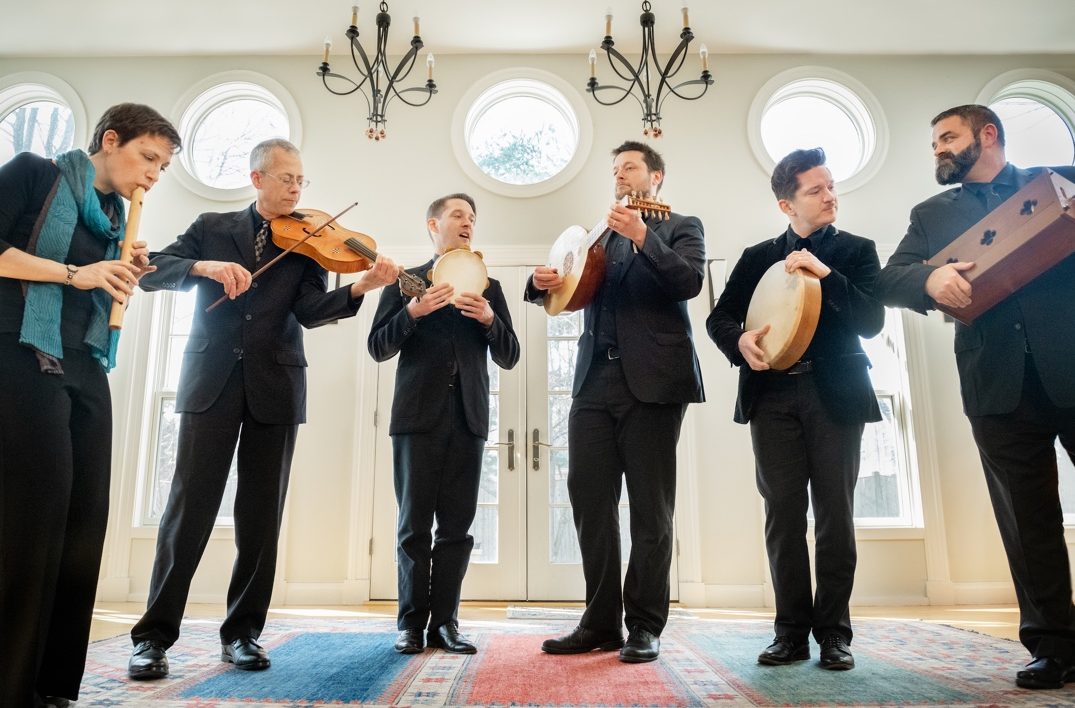
By Mike Telin
For centuries, people have wanted the things they cannot have, especially when it comes to love. In their current collaborative program, Lessons in Love, Debra Nagy of Cleveland-based Les Délices and Scott Metcalfe of Boston-based Blue Heron have created a musical and philosophical journey that focuses on the late Medieval attitude toward intimacy. The program draws from the narrative poem Roman da la Rose, in which the allegorical character Hope (Esperance) counsels a courtly lover through his amorous pains, guiding him down the path of turning his suffering into delight.
Lessons in Love features Martin Near (countertenor), Jason McStoots (tenor), Sumner Thompson (baritone), Metcalfe (vielle and harp), Nagy (medieval winds), and Mark Rimple (lute). Performances in Ohio will take place in Akron, Columbus, and Cleveland Jan. 16-19. The program will travel to Massachusetts for concerts in Cambridge and Norwell on Feb. 22 and 23. (See full schedule below.)
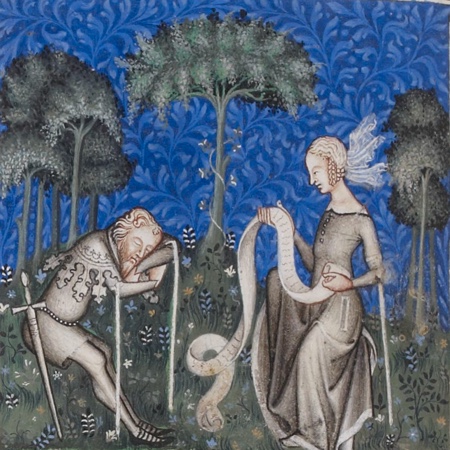
“I write in the notes that Hope, who is our teacher, sounds a lot like a Zen master, because the situation is the same,” Metcalfe said in a conference call. “The core teaching of Buddhism is that suffering is a natural part of life, and the question is, how can one face that and lead a good and happy life? It turns out that Medieval writers, musicians, and thinkers were asking the same question in slightly different ways, using the vocabulary of courtly love and allegory.”
Metcalfe added that one characteristic of late Medieval mentality in the arts, theology, and literature was a penchant for hidden meaning. “They loved complication and misdirection, and the musical content of this concert is very similar — it’s complicated but adds up to something very beautiful.”
Nagy noted that the musical form of the motet allows for a special kind of hidden meaning. “You add a new text to preexisting material — maybe a piece of chant that has its own association. Then you add another text in the same or a different language, which results in multiple layers of meaning and intertextuality. That all takes place in the same work.”
If you think all Medieval music is sacred with long liturgical texts, “There is none of that on this program,” Metcalfe said. “They’re all love songs — mostly about love going wrong, which is what often happens.”
Works by poet and composer Guillaume de Machaut, the central figure in 14th-century music and literature, are featured in each of the four sets on the program.
“He left behind a huge body of work in several manuscript collections for which he oversaw the compilation,” said Metcalfe. “The fanciest ones are packed with long narrative poems, lyric poems, and music. Some are quite sumptuously illustrated.”
Machaut is the person largely responsible for the three main forms of Medieval French poetry — ballade, rondeau, and virelai. He turned those poetic forms into musical forms that prevailed until almost 1500. “They’re miniatures in a way — maybe only 25 or 30 bars long,” Metcalfe said. “They’re strophic so the music and the text repeat. He tends to write beautiful melodies that are very catchy.”
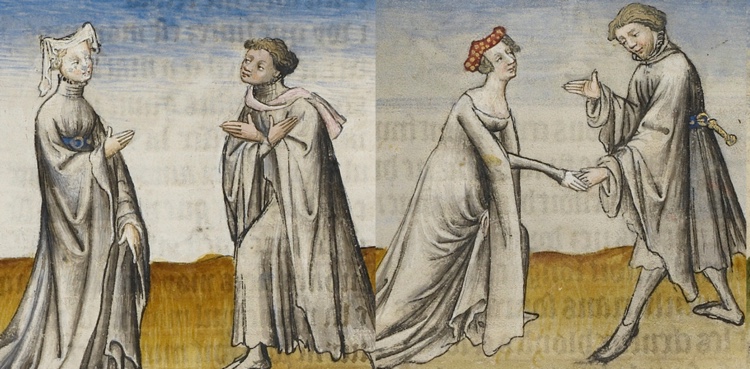
The simplest one is in the first set. “Je vivroie liement” is a virelai, a song for dancing. “Machaut wrote almost two dozen of these, and for the most part, they are for one voice performed by a singer with no instruments,” Metcalfe said. “The songs are complicated, but not by harmony or polyphony.”
Machaut was also the main figure in the development of polyphonic song in the 13th century. “En amer a douce vie,” which appears in the second set, is a ballade in four voice parts. The program concludes with one of his best known pieces, the four-voice rondeau, “Rose, liz, printemps verdure.”
A Medieval musical style Nagy especially appreciates is ars subtilior, characterized by complexity and mesmerizing beauty, the interplay of rhythms, and lots of syncopation. “I’m completely intrigued by it,” she said, “and I find that listeners are as well.”
That style also includes some fascinating dissonance. “A lot of that is derived from the tuning system — you can arrive at a major triad that is held over a bar or two, which creates a moment of tremendous tension,” said Nagy. “We are affected by tension and then by the moment of release. I like to think like a composer, so I really do want to consider how dissonance is used.”
Because so little instrumental music of the period survives, Nagy has created some of her own works in period style. One example is her arrangement of Pierre Molins’ “De ce que foul pense” from the Faenza codex, a collection believed to be instrumental pieces based on songs. “We’re not entirely sure of what instruments were intended — it might be for lute and harp, or for keyboard.”
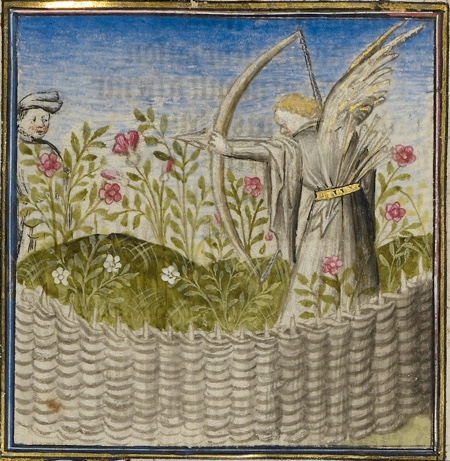
For the second set, Nagy created a new piece in the style of Faenza, “Esperance qui en mon cuer.” “It’s fascinating to look through the codex and study how dissonance is used in a way that is true and effective.”
Another thing Nagy finds interesting about ars subtilior is the profusion of non-essential lines of music beyond the cantus that bears the melody and text, the tenor, and a contratenor that provides rhythmic interest. A number of the pieces include a fourth voice or triplum (three voices).
“Having four-voice textures in music from the period is actually rare, and it’s debatable if the triplum is essential to the piece at all,” Nagy said. “Sometimes it can create lots of dissonance with the other voices, so the experience is one that can be fascinating as well as disorienting for both the player and the listener. But it really does enrich our experience. We have programmed a number of these four-voice works with added triplum, including ‘Je languis d’amere mort’ that opens the concert and ‘Quiconques veult d’amours joi’ that closes the first set. Machaut’s ‘Doulz amis’ and ‘Rose, liz, printemps verdure’ also have them.”
One of the weirdest pieces in terms of dissonance is Matteo da Perugia’s instrumental piece “Andray soulet” that opens the fourth set — a single line of music that is actually a canon full of bizarre intervals. “Scott and I both thought it was over too soon,” Nagy said, “so I decided to expand the canon and use the melody in other ways. First I wrote a two-voice version of it with a tenor that also uses the melody, then I wrote two other voices against it. That results in some fascinating counterpoint.”
She noted that although there are lists of likely instruments, it’s unclear which ones were used for this repertoire, although illustrations show certain instruments playing together. And unlike today’s division of instruments into families of winds and strings, in the Medieval period instruments fell into two groups: loud or soft. “We are playing all soft instruments that can be used in various combinations.”
Nagy will be using cylindrical Medieval recorders tuned in Pythagorean temperament. “And I’m one of the few people in the country who play the buzzy, cylindrical-bore, double-reed instrument called the douçaine. It is mentioned in poetry by Machaut. However, we don’t really know how it was used. But considering that it only has the range of a tenth — which is also the range of the voice parts — it works perfectly.”
Metcalfe noted that uncertainty reigns over vocal performance as well. “We just don’t know how these songs were meant to be sung. We have plausible guesses about ensembles, but our understanding of what is plausible has changed over the decades since the early-music movement started in the mid-20th century. People have interpreted the evidence differently, but we don’t really have any more evidence than we did 50 years ago. What we do have is more experience with it as a community. A lot of the changes that we see are just fashion. I hope we can learn more, but until some more information turns up, we’re going to keep guessing.”
Mike Telin serves as Executive Editor at ClevelandClassical.com and co-teaches classes in Music Criticism at Oberlin College and Conservatory.
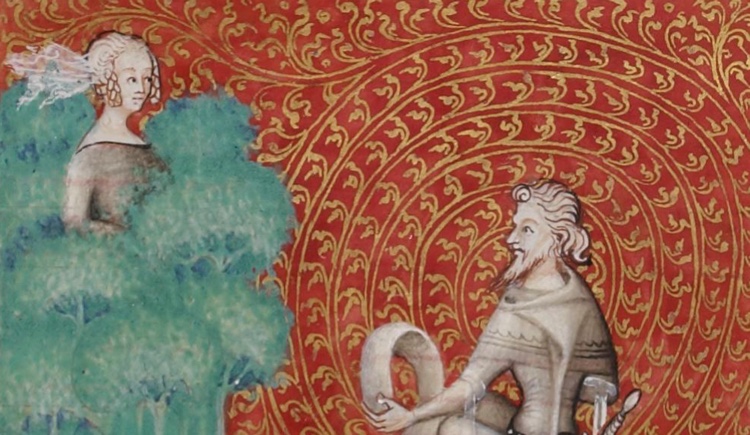
Performance Schedule:
Thurs., Jan. 16 at 7:30 p.m.: Holy Trinity Lutheran Church, 50 N. Prospect St., Akron, OH;Presented by Les Délices. info/tickets
Fri., Jan. 17 at 8 p.m.: Huntington Recital Hall at Capital University, 2199 East Main St., Bexley, OH; Presented by Early Music in Columbus info/tickets
Sat.,, Jan. 18 at 8 p.m.: Lakewood Presbyterian Church, 14502 Detroit Ave., Lakewood, OH 44107; Presented by Les Délices info/tickets
Sun., Jan. 19 at 4 p.m.: Plymouth Church UCC, 2860 Coventry Rd., Shaker Heights, OH; Presented by Les Délices info/tickets
Sat., Feb. 22 at 8 p.m.: First Church in Cambridge, Congregational, 11 Garden St., Cambridge, MA; Presented by Blue Heron info/tickets
Sun., Feb. 23 at 3 p.m.: The James Library & Center for the Arts, 24 West St., Norwell, MA; Presented The James Library & Center for the Arts info/tickets


